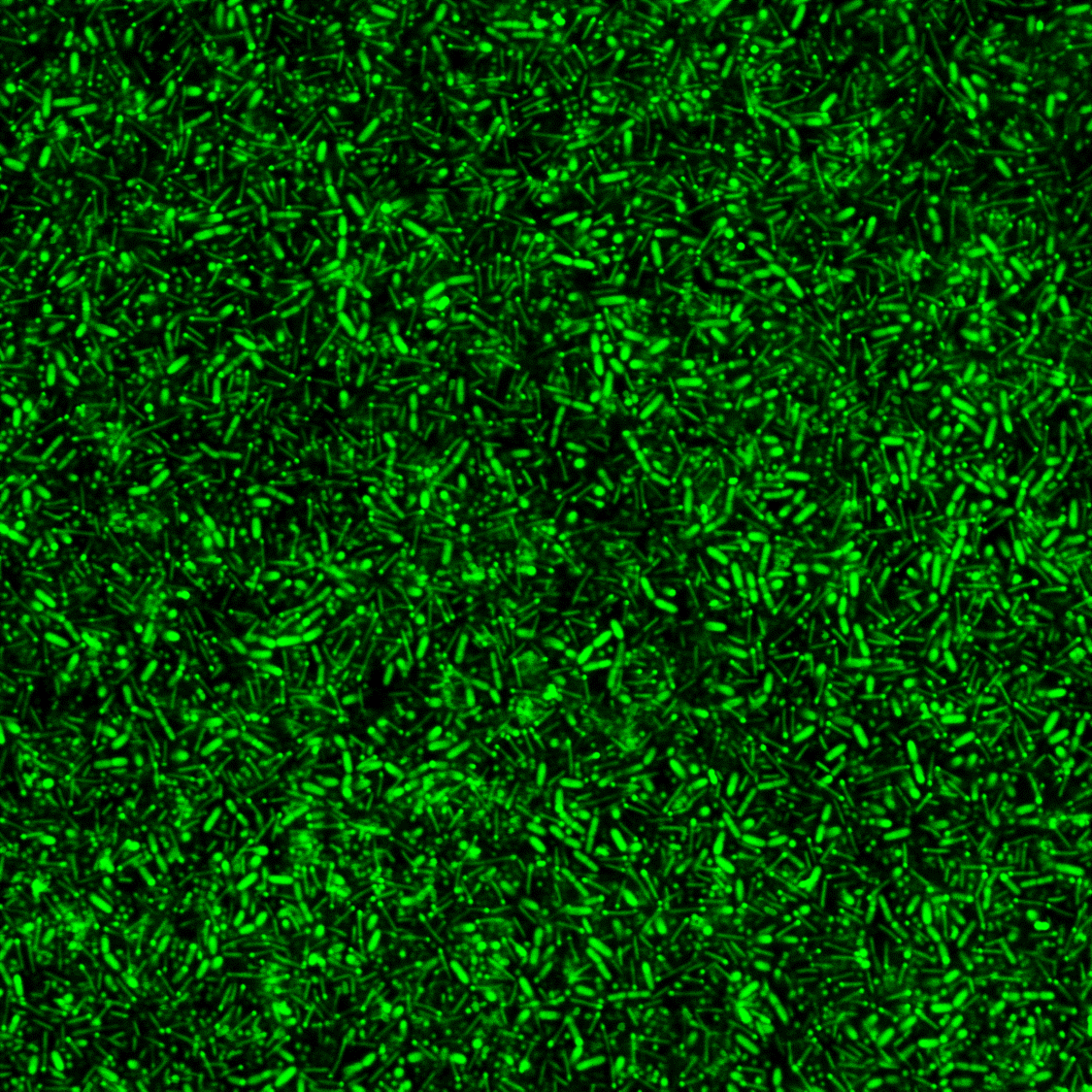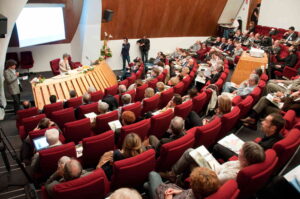From livestock buildings to the International Space Station, and even in our toothbrushes, biofilms, composed of three-dimensional microbial communities, have colonized the environment since time immemorial. For over twenty years, the INRAE B3D team – Biofilms and Spatially Organized Communities – at the Micalis Joint Research Unit has been deciphering the functioning of these microscopic architectures, notable for their unique behavior. Their study is crucial, particularly in the development of innovative strategies to control undesirable microorganisms in the food industry.

PhD defense
Philip TATHAM – 17/12/2025
Mechanistic diversity and catalytic innovations in radical SAM enzymes : Discovery and characterization of two novel reactions



